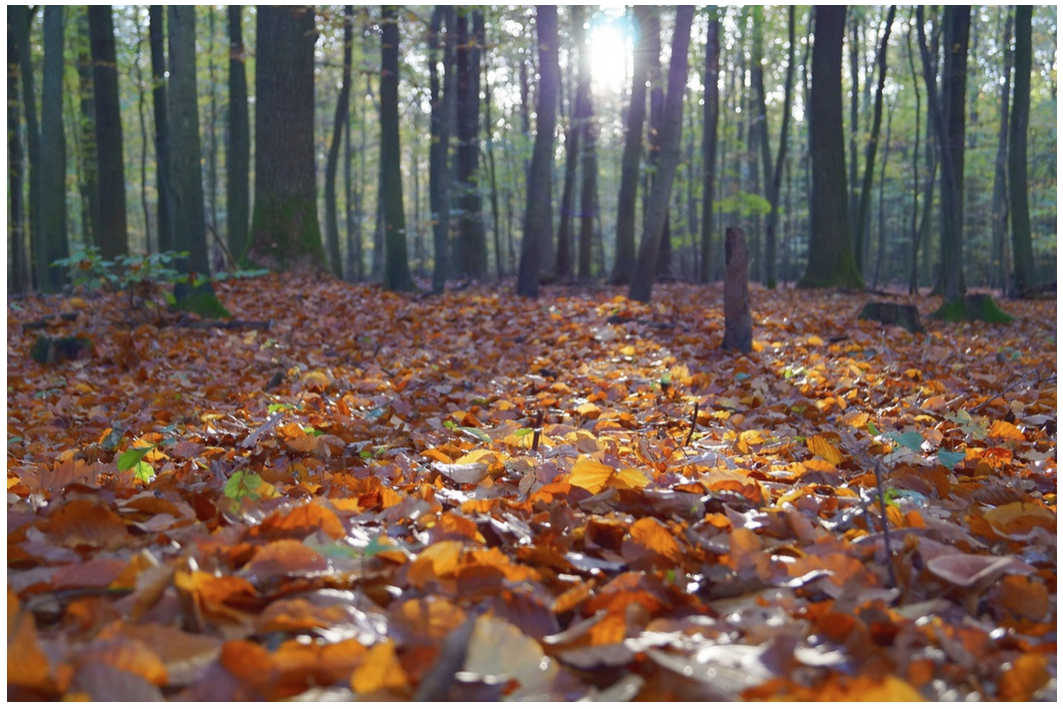This year has been an unusual weather year. While the greater than normal rainfall has great benefits for landscapes, there are some cons to you should be aware of. The most important con to be concerned about this year are fungal leaf diseases.
We are seeing an increase in fungal leaf diseases on all plants throughout central Virginia and the valley. Due to their liking to moisture and high temperatures, these fungal diseases are thriving this year.
How Do Fungal Leaf Diseases Affect My Plants?
These diseases have a minor variation in their life cycle that allows it to become a problem for your plants for years to come. As the name indicates, fungal leaf disease is found on the leaves of the plant. The leaves then fall in the autumn and the spores are released either in the fall or the spring. These can then infect new leaves as they begin to develop repeating the cycle all over again.
Fungal leaf diseases require a certain level of moisture and humidity to survive, thrive, and spread. In years of drought, these diseases are not prominent in our region. However, in years with sufficient moisture, they proliferate. Most years, in our area, the summer becomes hot and dry causing these diseases to fail to cause real damage. This year, however, has created the perfect environment for fungal leaf diseases.
There are a large variety of this diseases such as Rust, Anthracnose, Scab, Tar Spot, Powdery Mildew, and a myriad of other leaf damaging diseases.
There are a large variety of these diseases such as Rust, Anthracnose, Scab, Tar Spot, powdery mildew and a myriad of other leaf damaging diseases. All plants have their collection of leaf diseases. These diseases are usually very species specific and generally do not cause significant damage to the health of a normal healthy plant. Seldom do we see a disease which will kill a plant in our region. The exception to this in our area is Discula Anthracnose on Dogwood which will eventually kill the tree.
What Do You Do About Fungal Leaf Diseases?
The question then becomes: “what can be done?” The short answer for this time of year is nothing. There is no treatment once a plant has the disease. The best approach to controlling a leaf disease starts in the fall with good sanitation practices. Remove all leaves and get them off the property to remove as much of the spores as possible.
Pruning of dead and diseased limbs and fertilization will help to promote the health of the plants. Springtime applications of a fungicide starting in early spring just as the new leaves open to protect them from disease inoculation. The first application should be followed by 1-2 additional applications at 7-14 day intervals. Be careful to read and accurately follow the label instructions of the products used.
Each year is different and presents its own special problems which make gardening a wonderful, though sometimes difficult and aggravating, proposition. Enjoy your property, tend your plant the best you can and don’t worry too much about a few damaged leaves.
If you are concerned that your plants may be gravely affected please give us a call at (540) 337-4588.
